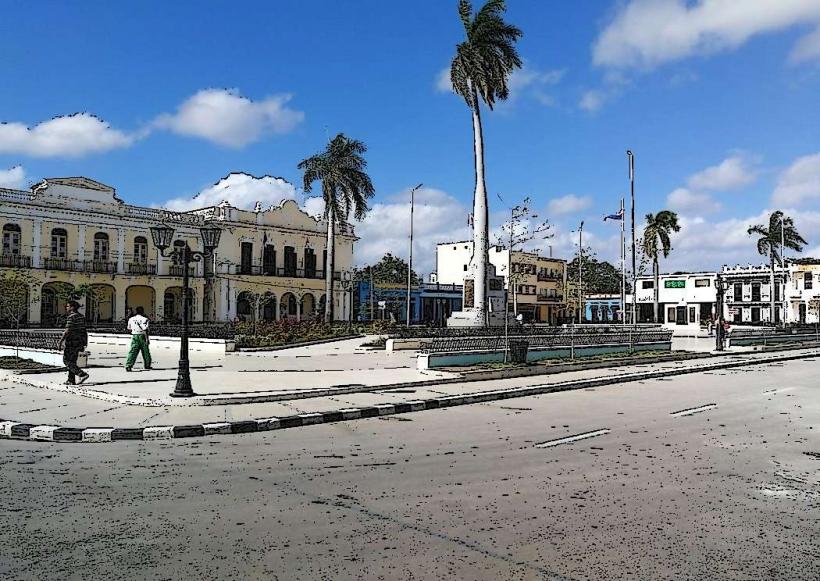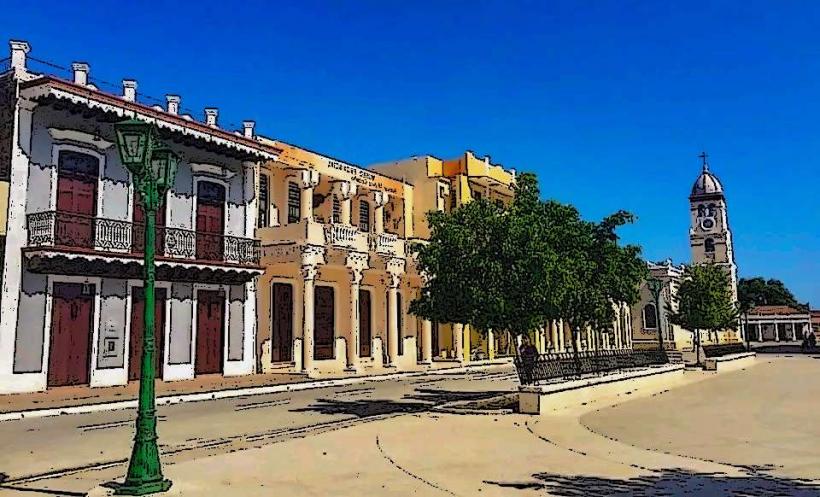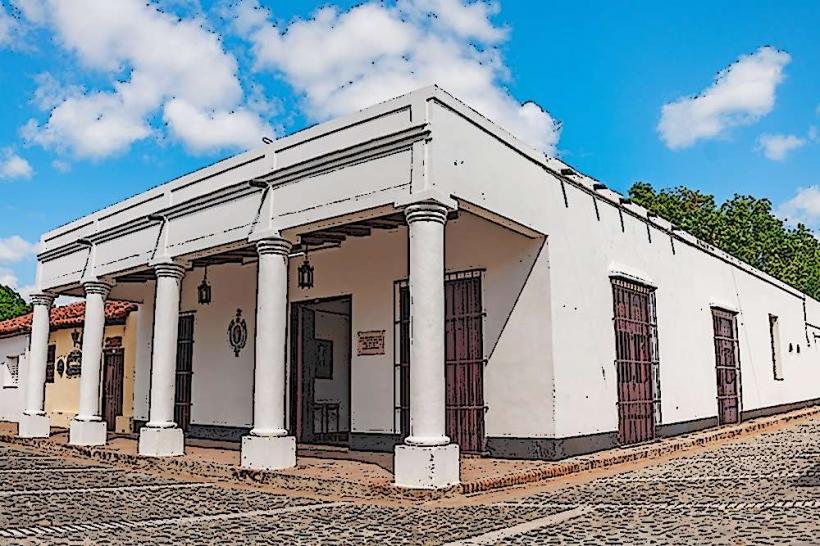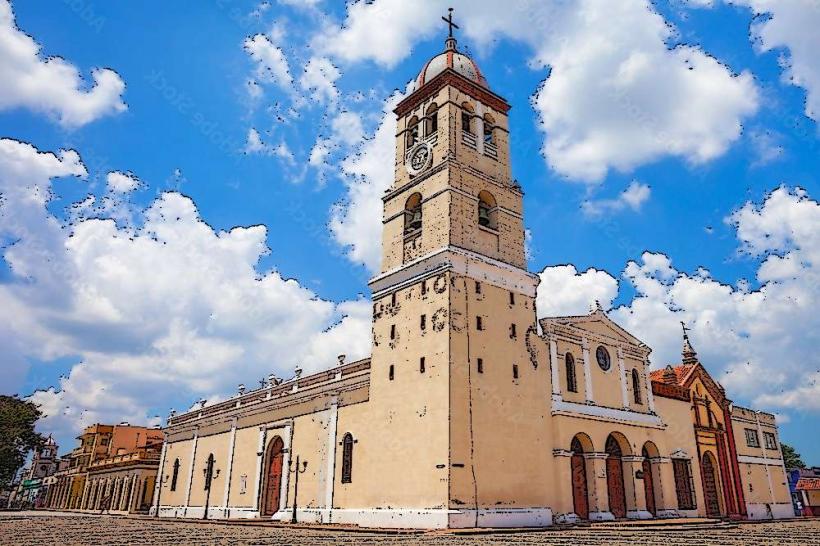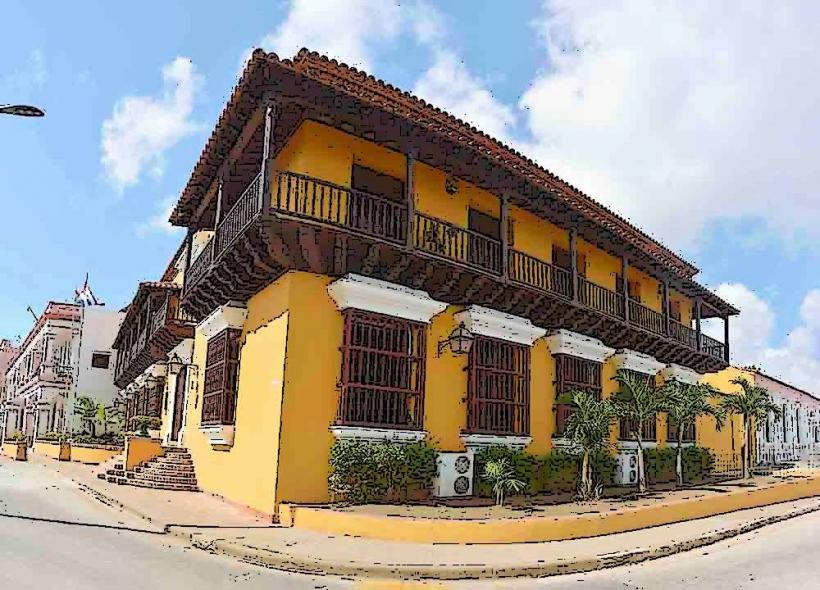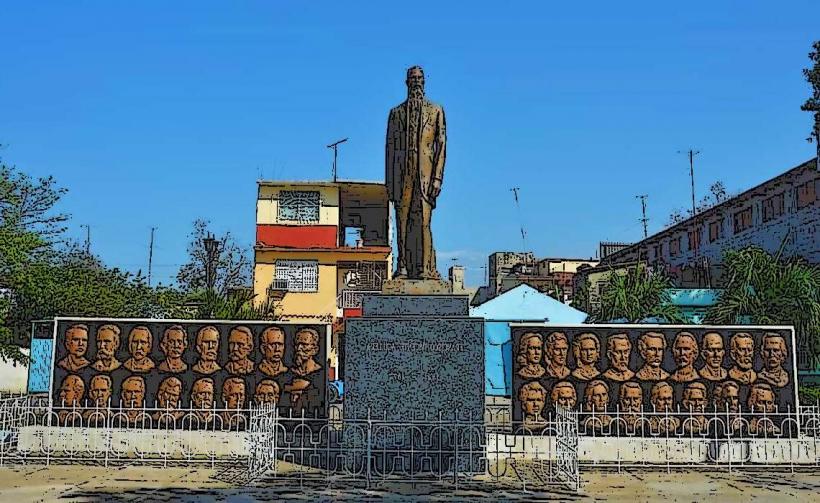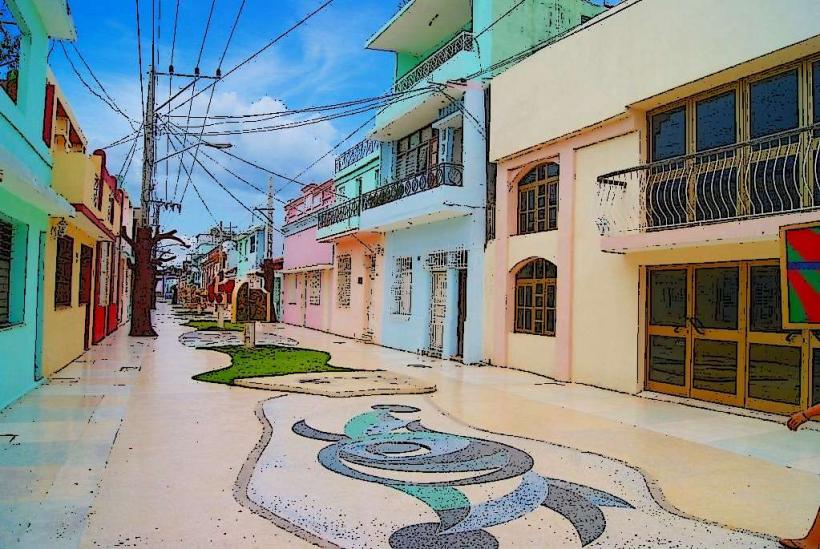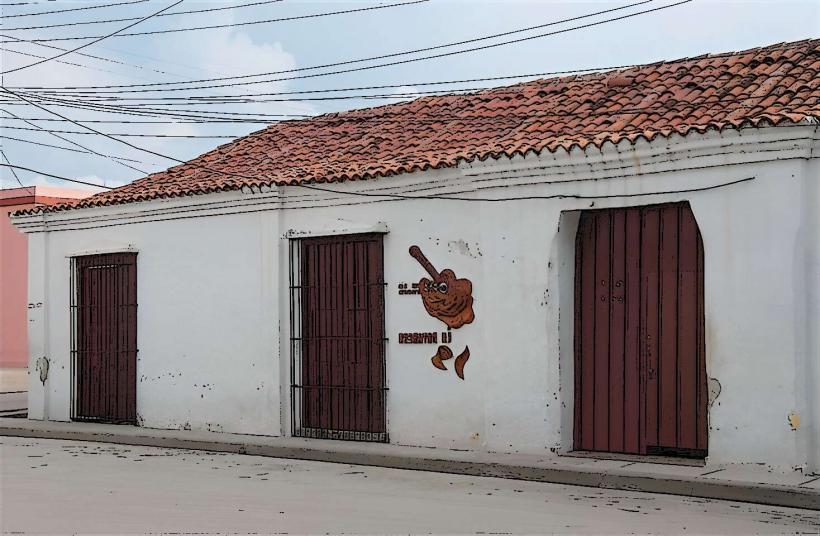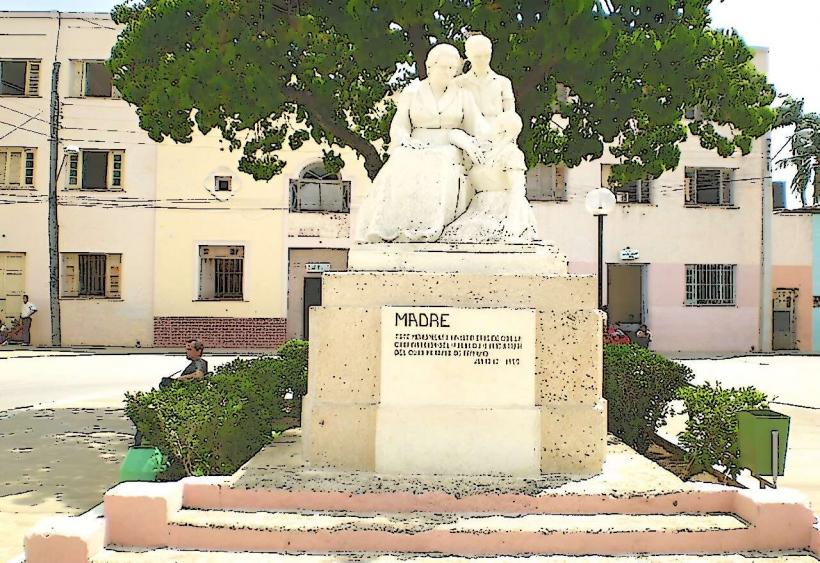Information
Landmark: Plaza de la RevoluciónCity: Bayamo
Country: Cuba
Continent: North America
The Plaza de la Revolución (Revolution Square) in Bayamo is a significant public square located in the heart of the city. Known for its historical and cultural importance, the plaza is a central point in the city and a key site for events related to Cuba’s revolutionary history. Like many other "Plazas de la Revolución" throughout Cuba, the Bayamo version holds great symbolic significance and is a place where important political and social events have taken place over the years.
Key Features of Plaza de la Revolución in Bayamo:
Historical Significance:
- The Plaza de la Revolución in Bayamo is directly connected to the city's prominent role in Cuba's struggle for independence. Bayamo was one of the first cities to rise up against Spanish colonial rule during the Ten Years' War (1868–1878), and the city’s revolutionary spirit continued through the Cuban Revolution (1953–1959).
- This square has hosted many significant events in Cuban history, including military parades, political rallies, and celebrations related to Cuba's revolutionary victories.
Revolutionary Symbolism:
- Like other plazas named after the revolution, this square serves as a symbol of Cuba’s commitment to its revolutionary ideals and the legacy of figures like Fidel Castro, Che Guevara, and Carlos Manuel de Céspedes. It is a place where Cuban national pride and revolutionary fervor are celebrated.
- The square often hosts cultural events, commemorations, and official celebrations marking important dates in Cuba’s revolutionary history, including the Triumph of the Cuban Revolution on January 1st.
Monument to Carlos Manuel de Céspedes:
- A key feature of the Plaza de la Revolución in Bayamo is the monument to Carlos Manuel de Céspedes, one of the most important figures in Cuba’s independence movement. Known as the Father of Cuban Independence, Céspedes declared Cuba’s independence from Spain in 1868, starting the Ten Years' War.
- The monument stands as a tribute to his role in the fight for Cuba’s freedom and is a central symbol of the plaza.
Central Location:
- The Plaza de la Revolución is located near the historic center of Bayamo, surrounded by other important cultural and political buildings. This central location makes it an ideal gathering place for both locals and visitors.
- The square is often the site of public demonstrations, festivals, and national holidays, bringing the community together to honor Cuba’s heritage.
Cultural and Social Events:
- The plaza is used for a variety of cultural activities, including music performances, art exhibitions, and dance events, all of which are important in Cuban social life. It serves as a vibrant center for both commemorative events and day-to-day public gatherings.
- Local groups and schools also perform in the square during Cuban national holidays, reflecting the deep connection between the plaza and Cuba’s revolutionary ideals.
Architectural Elements:
- The Plaza de la Revolución in Bayamo, like many Cuban squares, is an open space surrounded by government buildings, statues, and monuments. The simple yet powerful design of the square allows for large gatherings and parades, with a focal point around the statue of Carlos Manuel de Céspedes and other historical symbols.
- The plaza is often decorated with posters and banners related to Cuba’s revolutionary figures, emphasizing its role as a space for political and national expression.
Role in Cuban Civic Life:
- The Plaza de la Revolución in Bayamo holds a special place in Cuban civic life. It serves as both a site of commemoration and public assembly, reflecting the revolutionary pride of the Cuban people.
- It is also a space where local residents gather for social and cultural activities, helping to shape the communal and national identity that is central to Cuban life.
Conclusion:
The Plaza de la Revolución in Bayamo is more than just a public square; it is a powerful symbol of Cuba’s struggle for independence and its revolutionary history. With its central location, monument to Carlos Manuel de Céspedes, and role in national celebrations, the plaza serves as a vital space for both historical reflection and contemporary Cuban life. It remains an important place for public gatherings, revolutionary celebrations, and cultural expressions, continuing Bayamo’s legacy as a key player in Cuba’s fight for freedom.

